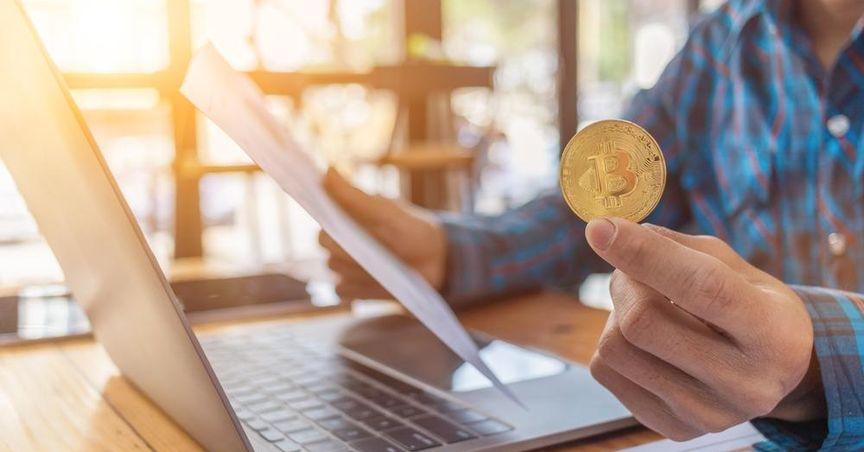Highlights
- Scaramucci Supports U.S. Bitcoin Reserve A potential U.S. Bitcoin Reserve could see up to 500,000 BTC purchased, according to Anthony Scaramucci.
- Bipartisan Support for Bitcoin Accumulation The proposal has backing from key figures, including Senate leaders, indicating cross-party consensus.
- Bitcoin as Digital Gold Bitcoin could become a government-backed reserve asset, similar to gold, with potential for part of U.S. gold reserves to be converted into Bitcoin.
In a recent interview on the Bankless podcast, Anthony Scaramucci, the founder of SkyBridge Capital, shared his bold perspective on the potential for the United States to accumulate a significant amount of Bitcoin (BTC) for its strategic reserve. This possibility, though still speculative, has gained traction among some political and financial figures.
Scaramucci confidently discussed the feasibility of a "strategic Bitcoin Reserve" for the U.S., one that could see the country adding as much as 500,000 Bitcoin to its holdings. He suggested that the U.S. government could increase its Bitcoin reserves, which currently stand at about 200,000 BTC, to reach a total of 700,000 BTC. This idea, while controversial, draws parallels to the U.S. gold reserves, which have long been a cornerstone of the nation's financial security.
Bipartisan Political Support for Bitcoin Accumulation
Scaramucci believes that a broad political consensus already exists for this move, citing support from both Republican and Democratic figures. He pointed to key leaders, including Trump and Senator Tim Scott, who he says are pushing for the accumulation of Bitcoin as part of a new financial strategy. According to Scaramucci, Trump’s influence within the Senate Banking Committee could be crucial in making this initiative a reality.
Scaramucci also highlighted the bipartisan nature of this proposal, emphasizing the growing support from younger Democratic senators who view Bitcoin as a digital asset worth embracing. He contrasted this with the opposition from older, traditional figures like Senator Elizabeth Warren and Senator Sherrod Brown, who have expressed skepticism about Bitcoin’s viability as a reserve asset.
Bitcoin as the "Digital Gold" of the Future
The concept of Bitcoin as a digital reserve asset is not new, but Scaramucci’s framing of it as “digital gold” adds a new layer of credibility to the discussion. He posed a thought-provoking question: If the U.S. holds vast reserves of gold, why not consider allocating a portion of that value into Bitcoin? Scaramucci suggested that the U.S. government could even consider liquidating some of its gold reserves to create space for Bitcoin, especially as Bitcoin’s role as a store of value becomes more widely accepted.
For Scaramucci, Bitcoin’s scarcity, decentralized nature, and growing institutional support make it a compelling addition to a national reserve. He drew comparisons between the current dominance of gold as a reserve asset and the potential for Bitcoin to take a similar position in the global financial system. As digital currencies continue to gain traction, Bitcoin could become a cornerstone of future financial strategies, especially as nations explore alternative store-of-value assets.
A Digital Gold Reserve?
While the idea of a U.S. government-backed Bitcoin reserve may seem far-fetched to some, it is gaining traction among certain political and financial circles. With growing interest in Bitcoin’s potential as a store of value, it’s not entirely out of the question that Bitcoin could play a central role in the U.S. financial system in the future.
As Scaramucci and others continue to champion Bitcoin’s place in global finance, it remains to be seen how governments and financial institutions will respond to the idea of digital assets replacing or complementing traditional reserves. Whether or not the U.S. will take steps toward adding Bitcoin to its reserves, the growing recognition of Bitcoin as "digital gold" is undeniable.
As the conversation around Bitcoin and its potential future role in global finance evolves, stakeholders will be watching closely to see how the market, politicians, and institutions adapt to these ideas.





